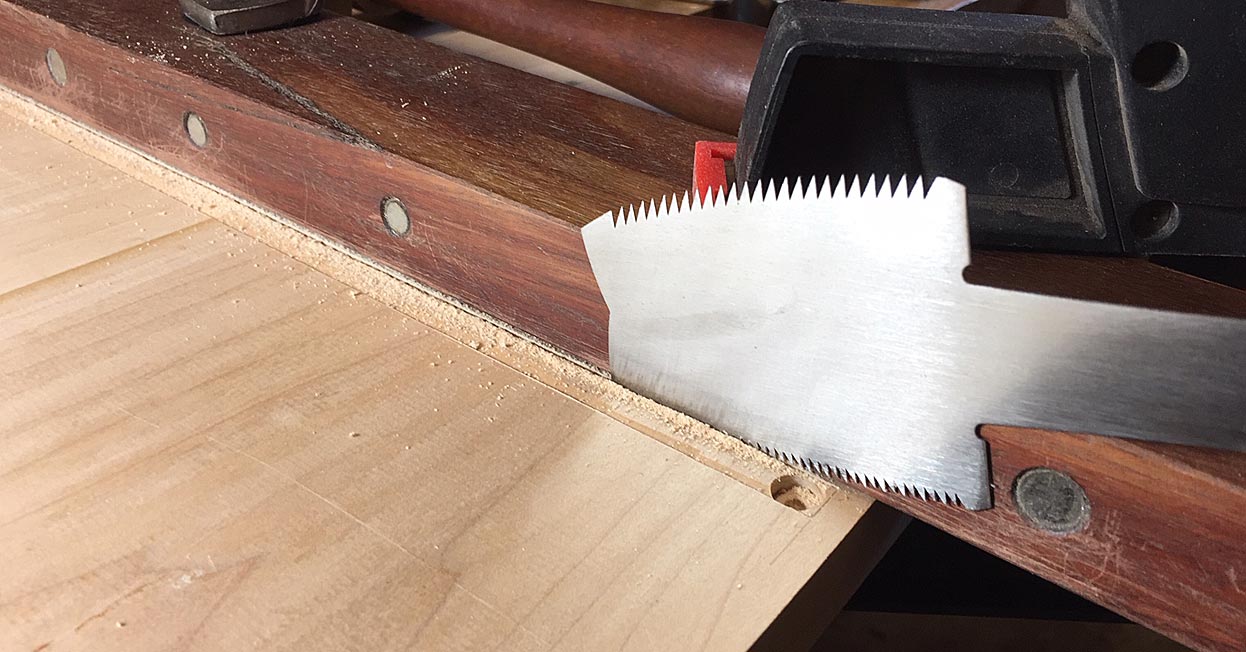Just throwing it out there.
My sister in law wanted to make herselves some bookshelves. Negligible woodworking experience or skill but keen to DIY.
I showed her how to use it and sent her away with a japanese kataba saw.
She made many cuts with this and was happy with her completed project.
They are very different to use from a push saw and I think they are easier for a beginner. I prefer them.
Wherever you buy it, Gyokucho brand saws are decent quality / value, machine made blades. Replaceable.
Workshop Heaven stock them and Axminsters Shogun (?) Shokunin (?) range were just rebadged Gyokucho last time I looked at one (though that might change whenever they want to).
Try it, if it doesn't work, sell it on and the experiment won't have cost much.
My sister in law wanted to make herselves some bookshelves. Negligible woodworking experience or skill but keen to DIY.
I showed her how to use it and sent her away with a japanese kataba saw.
She made many cuts with this and was happy with her completed project.
They are very different to use from a push saw and I think they are easier for a beginner. I prefer them.
Wherever you buy it, Gyokucho brand saws are decent quality / value, machine made blades. Replaceable.
Workshop Heaven stock them and Axminsters Shogun (?) Shokunin (?) range were just rebadged Gyokucho last time I looked at one (though that might change whenever they want to).
Try it, if it doesn't work, sell it on and the experiment won't have cost much.

































